
Hyundai i40 Tourer (2011-2020) engines, drive and performance
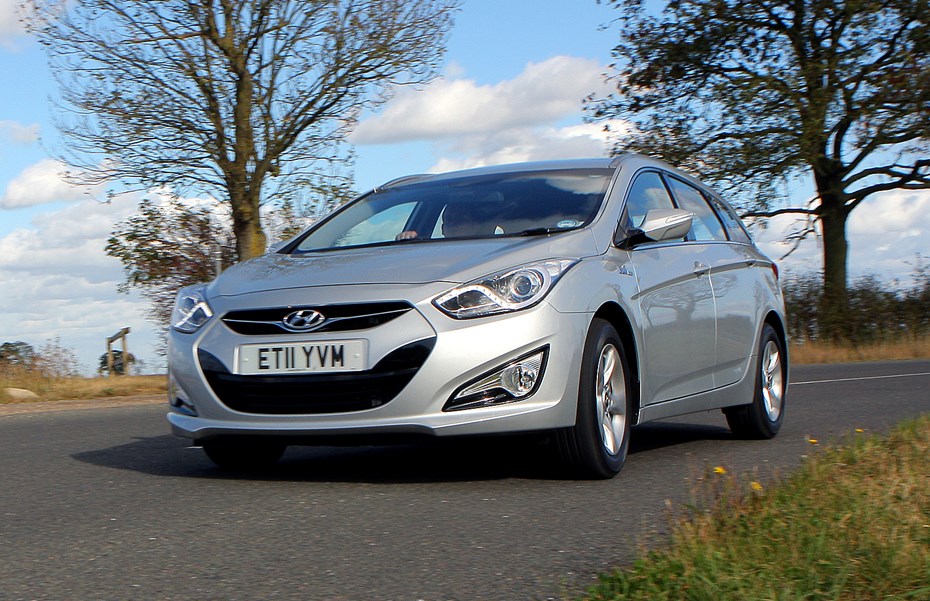
There are two petrol engines and two diesel engines in the i40 lineup. First off are the diesel options. Based on the same 1.7-litre engine there is the choice of two power outputs of 113bhp or 134bhp. The 134bhp is likely to be the most popular model (in Style trim) and while a 0-62mph time is hardly game-changing, taking 10.6 seconds, there is more than enough low-down pull to make up for it.
There’s plenty of power available through the rev range, although if you want to do a bit of quick overtaking then you’ll need to drop down a gear. The two petrol engines on offer are the 1.6 GDi with 133bhp and the top-of-the-range 2.0-litre with 174bhp. The 2.0-litre choice will hit the magic 62mph mark in 9.7 seconds. Despite the top power and best sprint time in the range, the petrol engines labour and need to be worked much harder than the 134bhp diesel option.
All cars come with a six-speed manual gearbox. Changes are positive although they do feel a little notchy, particularly when putting it in to first. A six-speed automatic gearbox is available as an option. While it’s not the most advanced of automatic gearboxes available, changes are pretty smooth and owners even get F1-inspired paddles if they feel like they want to get more involved.
The two diesel mode and lower-powered petrol option in Active trim comes with the company’s Blue Drive system – including stop/start, low-rolling resistance tyres and improved alternator management systems – while this is also available in the 134bhp diesel engine in Style trim.
The i40 might not be quite as engaging as the Ford Mondeo but it’s ahead of the likes of the Vauxhall Insignia and Volkswagen Passat for driving involvement. The steering is well weighted, despite it being an electronically-assisted system. These tend to be overly light and lacking in feel, unlike conventional hydraulic versions. It’s also speed sensitive which means it’s light when you’re tackling tight city streets then becomes heavier as you get up to motorway speeds, giving the driver plenty of confidence.


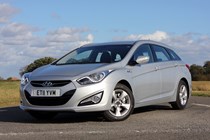
.jpg)
.jpg)
.jpg)
.jpg)
.jpg)
.jpg)


.jpg)
.jpg)
.jpg)
.jpg)
.jpg)
.jpg)
.jpg)
.jpg)
.jpg)
.jpg)
.jpg)
.jpg)
.jpg)
.jpg)
.jpg)
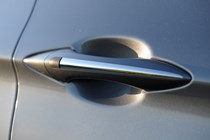
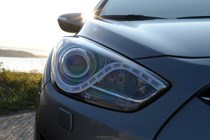
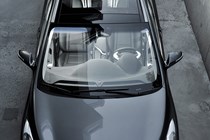
.jpg)
.jpg)
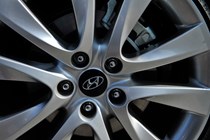
.jpg)
.jpg)
.jpg)
.jpg)
.jpg)
.jpg)
.jpg)
.jpg)
.jpg)
.jpg)
-(1).jpg)
-(2).jpg)
.jpg)
-(3).jpg)
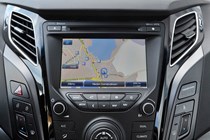
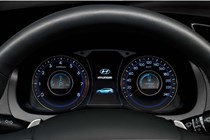
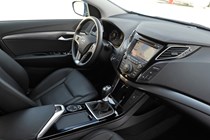
.jpg)
.jpg)
.jpg)
.jpg)
.jpg)
.jpg)
.jpg)
.jpg)
.jpg)
.jpg)
.jpg)
.jpg)
.jpg)

.jpg?quality=50)
.jpg?quality=50)
.jpg?quality=50)
.jpg?quality=50)
.jpg?quality=50)
.jpg?quality=50)


.jpg?quality=50)
.jpg?quality=50)
.jpg?quality=50)
.jpg?quality=50)
.jpg?quality=50)
.jpg?quality=50)
.jpg?quality=50)
.jpg?quality=50)
.jpg?quality=50)
.jpg?quality=50)
.jpg?quality=50)
.jpg?quality=50)
.jpg?quality=50)
.jpg?quality=50)
.jpg?quality=50)



.jpg?quality=50)
.jpg?quality=50)

.jpg?quality=50)
.jpg?quality=50)
.jpg?quality=50)
.jpg?quality=50)
.jpg?quality=50)
.jpg?quality=50)
.jpg?quality=50)
.jpg?quality=50)
.jpg?quality=50)
.jpg?quality=50)
-(1).jpg?quality=50)
-(2).jpg?quality=50)
.jpg?quality=50)
-(3).jpg?quality=50)



.jpg?quality=50)
.jpg?quality=50)
.jpg?quality=50)
.jpg?quality=50)
.jpg?quality=50)
.jpg?quality=50)
.jpg?quality=50)
.jpg?quality=50)
.jpg?quality=50)
.jpg?quality=50)
.jpg?quality=50)
.jpg?quality=50)
.jpg?quality=50)